"The Genesis project": the idea of artificial panspermia of our galaxy
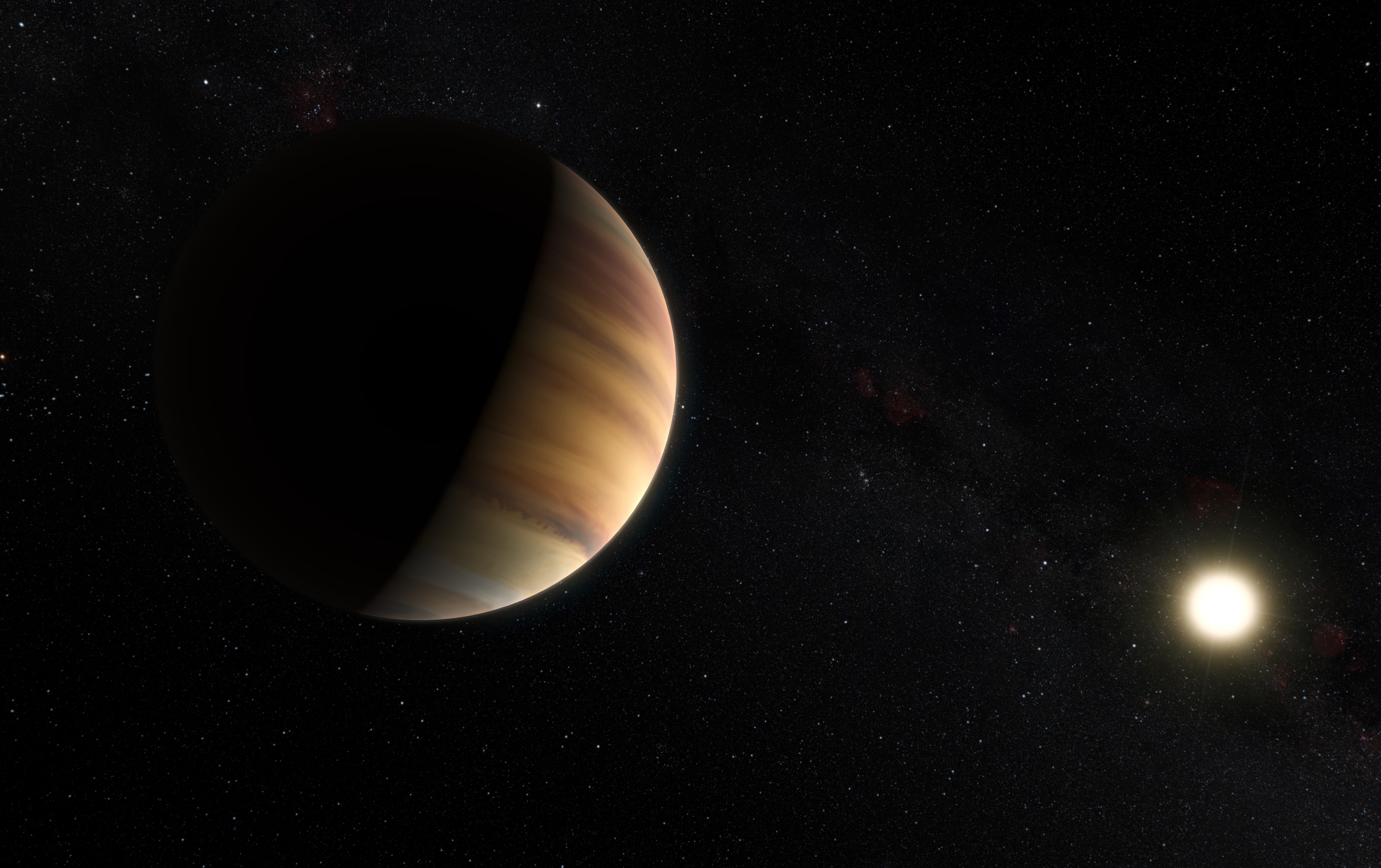 Source:
Source:
Over the last ten years the mankind has greatly accelerated the pace of the search for planets outside the Solar system. No, on the one hand, this is certainly wonderful – a lot of new scientific information, but what are we gonna do with all these planets? Of course, now we have no doubt that one day humanity will be an interplanetary species, but these times still need to live. So what are we to do in the meantime? Do just wait or still should start to prepare for now?
Such are the emerging issues in scientific and pseudo-scientific environment lead to a very interesting and ambitious suggestions. This proposal, for example, is the project Blue, in which it is proposed to establish a space telescope whose sole task will be to direct observation and study of any of the planets in the constellation alpha Centauri, who will become the first goal of interstellar flight. Or, for example, Breakthrough Starshot is a joint initiative of the famous theoretical physicist Stephen Hawking and Russian billionaire Yuri Milner who set themselves the task of sending to alpha Centauri spacecraft nanoscale "riding" on a very powerful laser beam that can get there in just 20 years. But perhaps the most daring and ambitious of the proposals lately is "the Genesis Project", which has set itself the task of settling the planets outside of the Solar system "seeds of life".
The Author of the proposal is Dr. Claudius Gros, a theoretical physicist from the Institute for theoretical physics at Frankfurt University, Johann Wolfgang Goethe. In 2016, Gros published an article describing how it would be possible to stimulate the proliferation of microbial life on the "partially habitable exoplanets" (planets that can support life, but not able to generate) with the help of robotic missions, in which these planets will be sent a special gene factory.
the Purpose of the "Project Genesis" is to check "partially habitable exoplanets" seeds of life, thus initiating a new evolution
Not so long ago the portal Universe Today wrote about a recent study by Dr. Gros, in which he proposed to use as the system slowing down an interstellar spacecraft special magnetic sail, which would come in handy now that you're Hawking and Milner. Portal Futurism, in turn, was able to make contact with Grosso and more to ask him about "Project Genesis". Below are the answers to the most frequently asked questions. In addition, everyone can Grosso "Developing Ecospheres on Transiently Habitable Planets: The Genesis Project" ("Development of transient eCover on inhabited planets: the Genesis Project"), though in the English language.
theWhat is the purpose of the "Project Genesis"?
Space is full of a variety of exoplanets, each of which has its own unique size, temperature and chemical composition. The purpose of "Project Genesis" is the creation of alternative evolutionary pathways for life on earth on planets, though are potentially habitable, but not with his life. Many scientists believe that the simplest life is not such a rare phenomenon in the Universe. Much less in it there is a complex organisms. We don't know for sure, but at the moment it is this view has wide support.
With the right conditions, simple life can develop very quickly. The difficulty arises in how to create complex organisms. On the same Ground it took a huge amount of time. So-called there was only about 500 million years ago, after almost 4 billion years after the formation of the planet. If we are able to give the planets an opportunity to accelerate the process of evolution, may thus create their own Cambrian explosions.
theWhich planets to colonize?
The Main candidates are inhabited "oxygen planet", located around stars of spectral type M (red dwarfs), the same TRAPPIST-1, for example. It is likely that the original oxygen-Laden atmosphere of these planets prevented the development of abiogenesis, that is independent of the origin of life.
Today, astronomers often search for planets near red dwarfs. However, the planet is in these stars will be significantly different from those that occur near sun-like stars. If star formation requires a certain time in order to achieve the necessary conditions to initiate the fusion reaction and energy production. For example, if our Sun it took about 10 million years, which is pretty quick by cosmic standards. However, stars like TRAPPIST-1 this can take anywhere from 100 million to 1 billion years. And only after that they will start to reduce its temperature, becoming more suitable for the emergence of life on nearby planets with them.
Planet around a TRAPPIST-1, most likely, was (and perhaps still remain) very hot, as the star in a very long time, she stayed hot. Powerful UV-radiation during this time was split all the water in their atmosphere, into oxygen and hydrogen. Both of these elements and then vanish into space. This happens faster with hydrogen, oxygen, as a rule, has been delayed. All studies indicate that the planet TRAPPIST-1 have oxygen in its atmosphere, but it is the product of chemical reactions instead of photosynthesis (as we do on Earth).
There is a high probability that such an oxygen of the planet is completely sterile (lifeless), as the oxygen enhances the greenhouse effect. We believe that in our galaxy may be billions of planets oxygen. They have no life, although for complex life requires oxygen. In science fiction we often show the planet with the same atmospheric conditions and life. Maybe after 500 million years in our galaxy too will be a similar planet. To achieve this we could by their artificial settlement.
Illustration showing how might look the system TRAPPIST-1 from the planet TRAPPIST-1f (the most right)
theWhich organisms send?
The First wave would consist of single-celled autotrophs that synthesize organic matter from inorganic. These photosynthetic organisms are the first link of the food chain. They are the primary producers of organic matter in the biosphere and provide food for heterotrophs, which need to send the second wave.
theAnd how to send them to the colonization of other planets?
This will depend on the level of technology that we have. If you will make substantial progress in terms of technology, we can use the so-called miniature factory genes. In General this project will require a high level of miniaturization. If we can master the necessary level, it will be the perfect solution. To send the whole database of the genes, and then to choose the best body for settlement. If this is not possible, use frozen genes. Again, it all depends on what level of technology you possess.
You Can also try to send an artificially created life. Synthetic biology is a new and very attractive field in science, including active use of methods of reprogramming the genetic code. Science fiction tells us about the types possessing different genetic code. Today, scientists are trying the same thing to and on the Ground. The ultimate goal behind all this is to generate new living forms, based on a different genetic code. For the Earth that progress will be extremely dangerous, but for another planet that can benefit.
theAnd if these worlds are already inhabited?
"the Genesis Project" — it is a project about life, not about its destruction. So we certainly would like to avoid such developments. Prior to sent probes will be tasked first to enter orbit of the desired planet. From orbit we will be able to find out exactly whether one or another planet complex life forms. "The Genesis project" is primarily aimed at the planet, which has always remained uninhabited. Earth habitable for billions of years, but about exoplanets, we're not sure.
Star illuminates the atmosphere of extrasolar planets
A great many Exoplanets. Each has its own size, temperature and potential habitability. Many of these planets can become habitable after some time, perhaps a billion years. However, life may just not be enough time to evolve into complex forms. You face a choice: to leave everything as is or try your luck and try to help complex life to appear there.
Some people think that all bacteria cultures is very important. But on Earth there are no special installations for the protection of all bacteria. At the same time, we somehow begin to worry about planetary security of other worlds. Here we say that any life is more important than the possibility of her study, right? On Mars, most likely, at one time, too, there was life. Now it's not there, with the possible exception of a few types of bacteria. They are as priceless as those that can occur on interesting exoplanets. Nevertheless, we are going to go to Mars, that is actually spit on his planetary ecosystem and safety, jeopardizing the disappearance of these bacteria. It isn't for you there are no contradictions?
I'm very optimistic about the discovery of extraterrestrial life, but what to do with those planets where life we can't find? "The Genesis project" can be an alternative that allows you to create life, not destroy it.
theWill it be of any use to mankind?
Yes And no. Yes, as our...
Recommended
The Americans on the moon: what everyone should know?
the Upcoming cosmonautics day is my favorite holiday. It marks the triumph of the human mind: in just four thousand years Homo Sapiens went from hunter-gatherers to space explorers. 12 April 1961 Soviet cosmonaut Yuri Gagarin became the first man in ...
Why are some galaxies spiral shaped?
you Know what surprised me the most? The fact that we perceive the surrounding world as it is. Animals, plants, the laws of physics and the cosmos are perceived by many people as something so mundane and boring that they invent fairies, ghosts, monst...
Astronomers were able to see the death of another star system
In the cosmic ocean drifts a lot of mysteries about the existence of which we are unaware. One of these was uncovered five years ago, when astronomers have discovered a lonely star at a distance of 570 light years from Earth, the brightness of which ...
Related News
Suit c Home button itself will return the astronaut to the ISS
Eva — quite a dangerous occupation that is associated with great risk to life. Despite the fact that the astronauts regularly undergo training, learning to work in space suits, the likelihood of an emergency situation always...
10 most high-profile stories about space in 2017
Another year is coming to an end, and we still haven't found the aliens. Fortunately, during this time, there were many other very interesting events connected with the cosmos. Since then, we have been witnessing several unique co...
#video | the Astronauts made pizza on Board the ISS
During his stay aboard the International space station crew members conduct a lot of experiments in weightlessness. This study of survival and life processes of flora and fauna, and the synthesis of various chemical compounds, and...
Dark matter — "aliens" for astrophysicists?
With all our understanding of the laws of physics and the success of the Standard model and General relativity, in the Universe there are a number of observed phenomena that can't explain. The universe is full of mysteries, rangin...
Mysterious fog and Pluto will help us in the fight against global warming
When New horizons flew past Pluto in 2015, the probe not only opened for us great views of the giant planets of the Solar system, but also a scientific surprise: the Pluto was much colder than we expected. While on the topic of th...
After 37 years of idle engines "Voyager-1" again
the space Agency NASA clearly knows how to squeeze out literally the last juice out of their spacecraft. In October of this year, the second time was extended mission automatic interplanetary station Dawn after she completed the s...
NASA agreed to re-use already-developed SpaceX rocket
For NASA, it should become a real historical event as the American space Agency agreed to use the next space mission to supply the International space station have previously established the Falcon 9 rocket. The launch is schedule...
Is it possible to create the perfect astronaut using genetic engineering?
to Be an astronaut is not easy — you need an extraordinary combination of courage, physical fitness, intelligence, ability to make decisions quickly and stay calm under the most intense pressure. Then you might take into space. Bu...
From the Vostochny cosmodrome launched rocket "Soyuz-2.1 b" with 19 satellites
Roscosmos reported that the launch-vehicle was in normal mode, after which the head of the rocket separated from the third stage at a set time. The rocket carried into space the satellite "meteor-M" № 2-1 and 18 spacecraft payload...
NASA developed tires with memory foam for the new Rover
During his five-year stay on the red planet and the Curiosity Rover has done a tremendous research work and made many interesting scientific discoveries. And during all this time, the Autonomous Mars science laboratory, of course,...
The ISS found extraterrestrial life
On the surface of the Russian segment of the International space station (ISS) was found live bacteria arrived from space, reports TASS the words of Russian cosmonaut Anton Shkaplerov. Currently they are studied on Earth and is li...
The Japanese will go to the moon in exchange for their technology
the fact that Japan plans to send its astronauts on the moon, said earlier that representatives of various space agencies discussed the possibility of joint construction of the base in orbit of Earth's natural satellite, but then ...
Telescope "James Webb" passed cryogenic testing at -233 degrees Celsius
In the Space center Johnson (Texas, USA) completed cryogenic testing of an orbital telescope "James Webb". As the portal Space.com within 90 days the unit was in a closed vacuum cryogenic chamber with a constant temperature of -23...
The participants of the experiment, lunar SIRIUS 17 days "returned to Earth"
Not all the astronauts are going in the future to go to Mars and establish colonies there. Some, for example, plan to fly to the moon and this too thoroughly prepared. Yesterday ended the simulating flight to the moon the SIRIUS e...
Toyota showed a humanoid robot for space exploration
the Japanese company Toyota is known to many as one of the world's largest automakers, but actually in the interests of the Corporation includes not only the production of cars. For example, recently the residents of the Country o...
In Russia passed the first test of Martian lander
In the framework of Russian-European space mission ExoMars, scheduled for the next 3-5 years, it's been a lot of tests in preparation for scale flight. And perhaps one of the most important experiments was a few days ago. In the A...
Why people should not colonize Mars: opinions of experts
Elon Musk wants to bring humans to Mars. Professor Stephen Hawking can't wait to see when we find a new planet that will be able to call your new home. Space Agency NASA is developing an engine that would be able to afford to do i...
Latest discovery on the moon increases the chances of creating a lunar base, experts say
In October this year, the Japanese satellite Selenological and Engineering Explorer (Selenological and technological research apparatus, or SELEN), also known as "Kaguya", on the moon. A space width of 100 meters and a length of 5...
Artificial intelligence is the ideal tool for the study of the Universe
In an attempt to understand the Universe we become obsessed — we are tempted by lust of the observations. The satellites transmit hundreds of terabytes of information every year, and only one telescope in Chile will produce 15 ter...
"The first space nation" put its own satellite into orbit
in the framework of the space mission supply Cygnus CRS OA-8E to the International space station to orbit the Earth was launched the satellite "Asgardia-1". If you are "asgardian", you can mark the date November 12 as the date to ...




















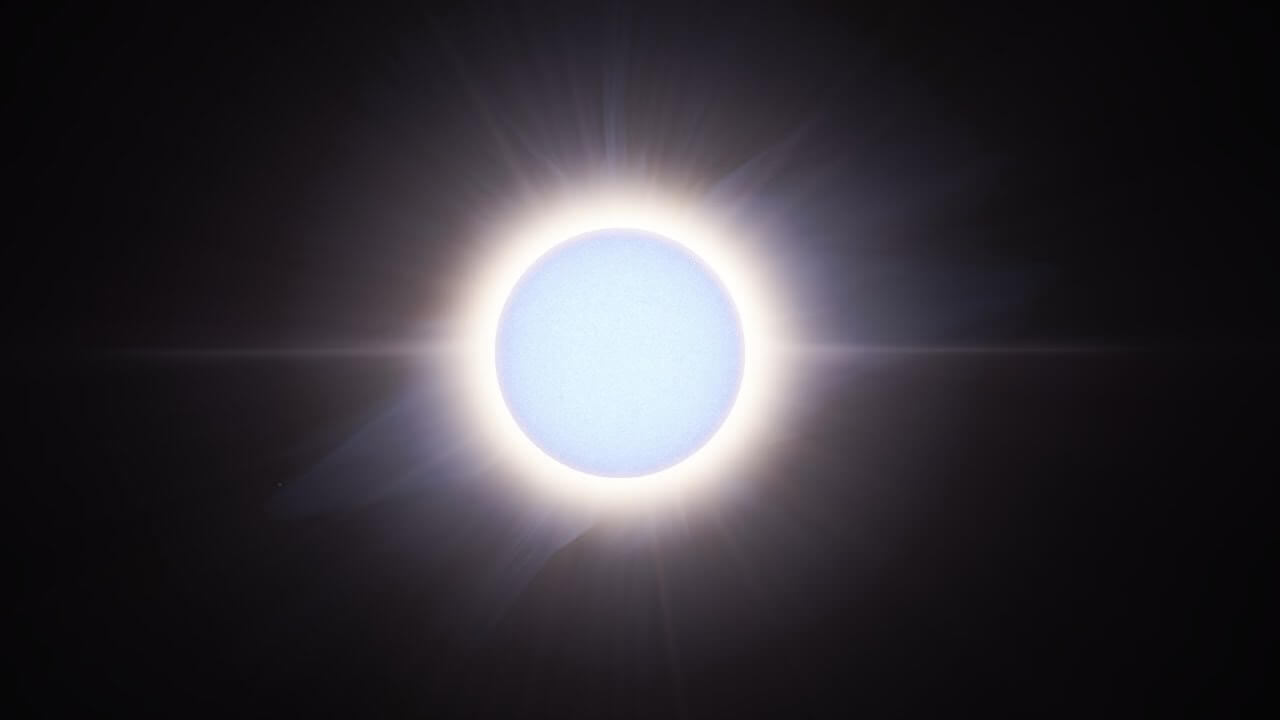
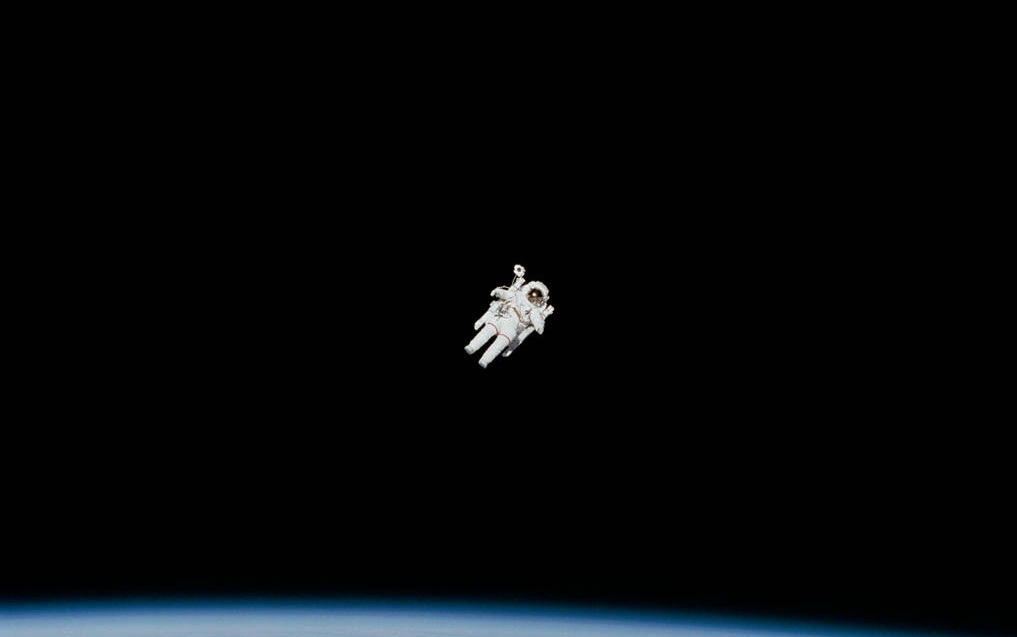
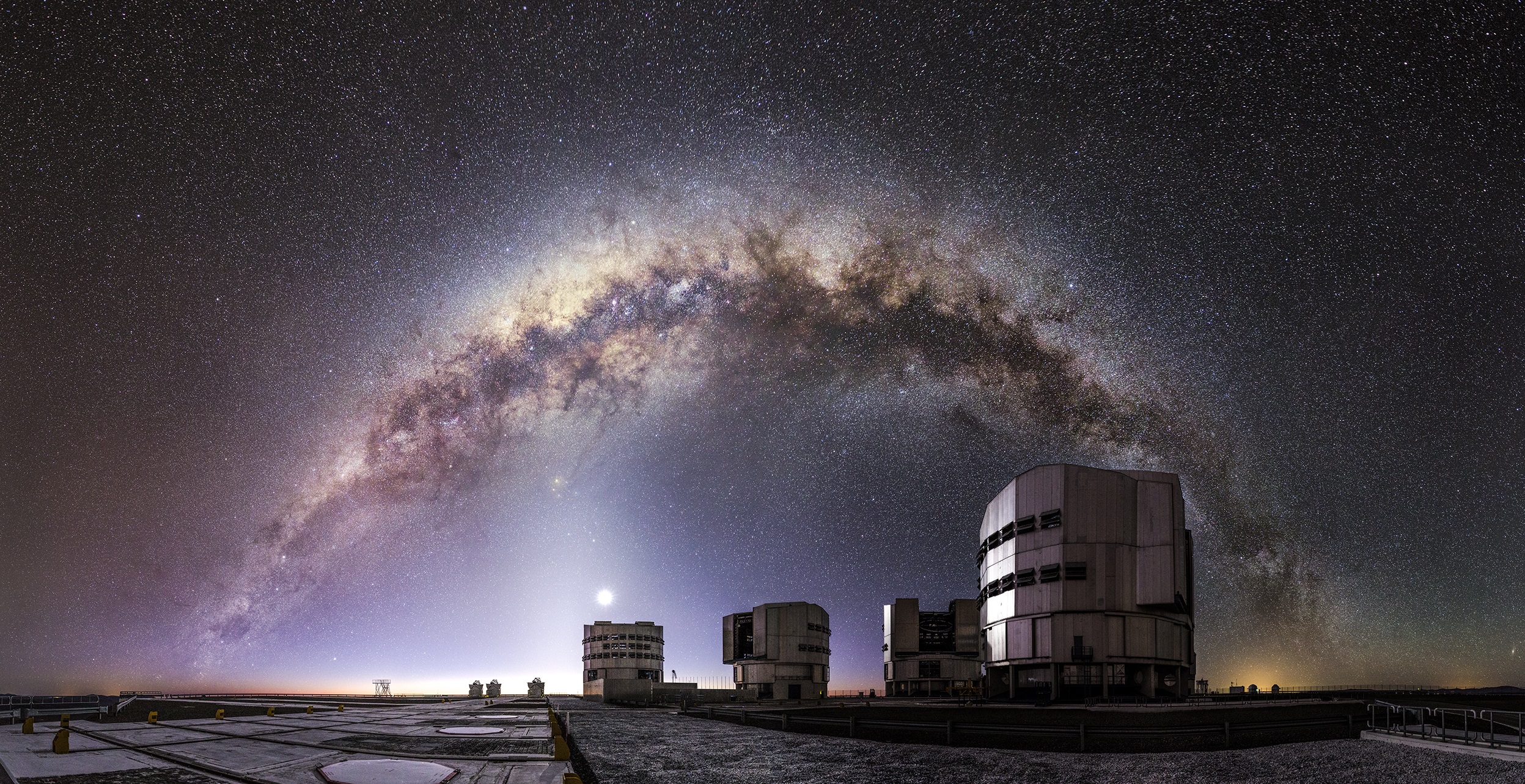


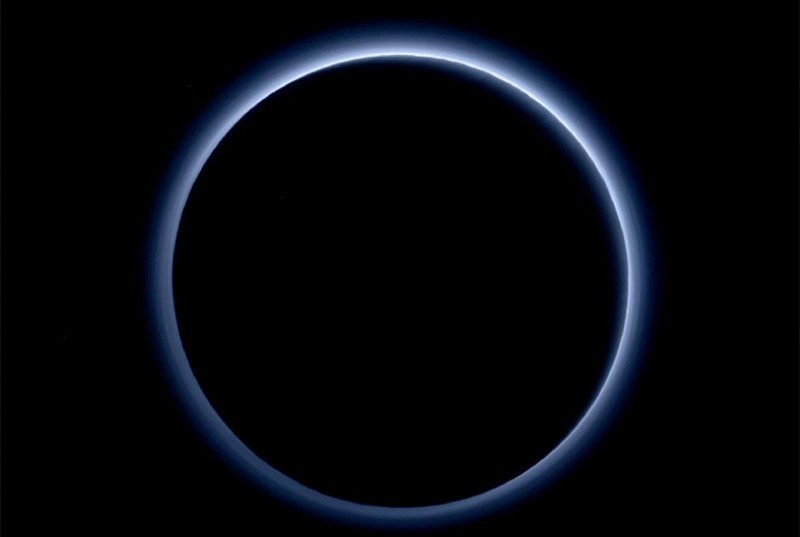
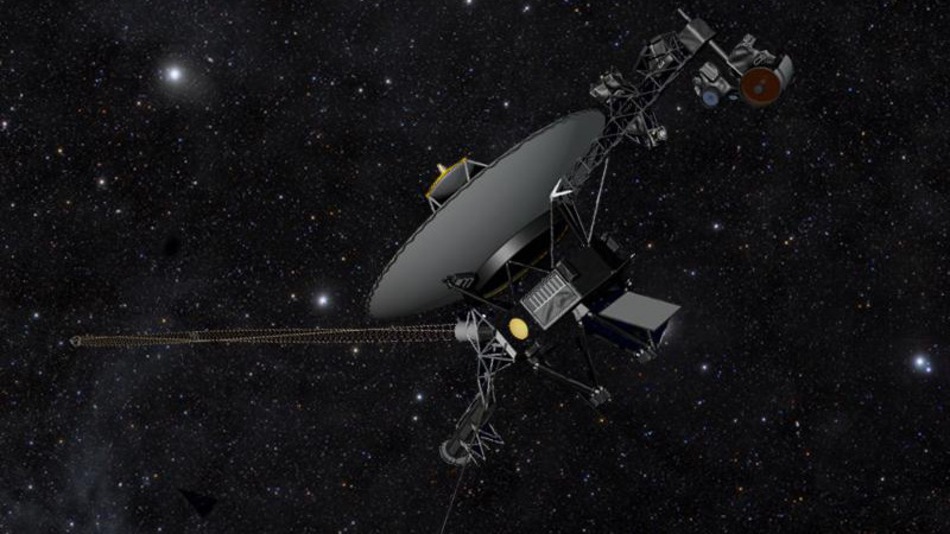
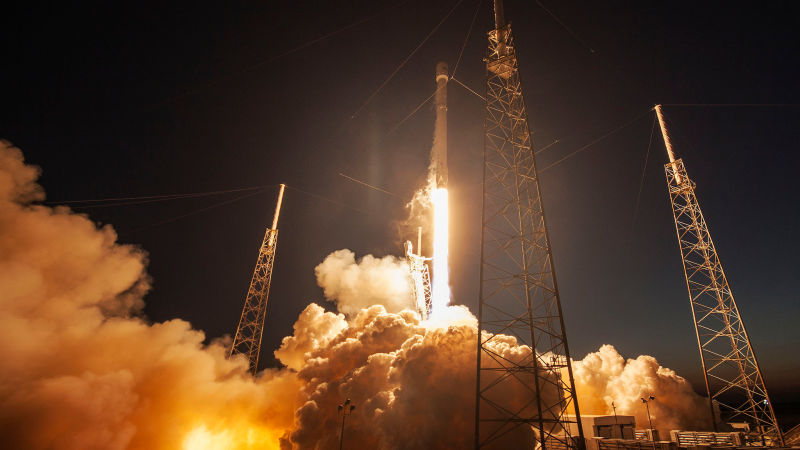
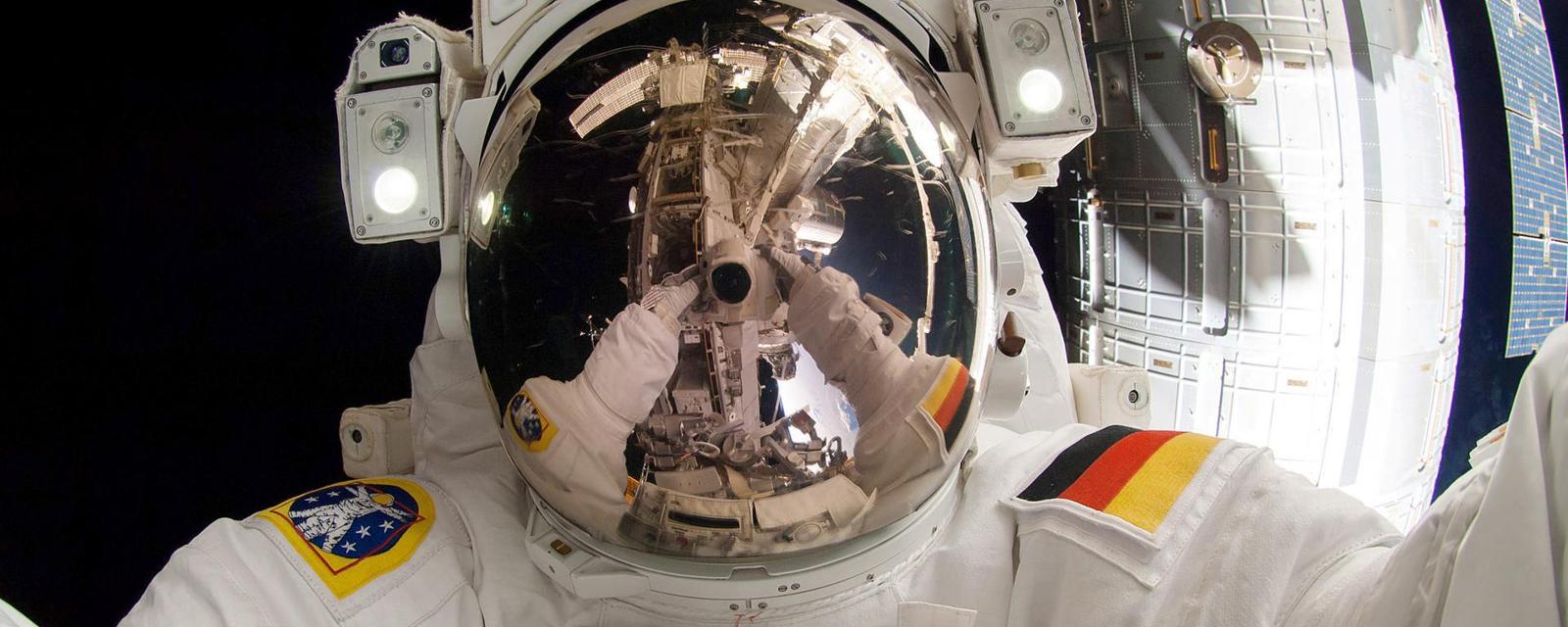


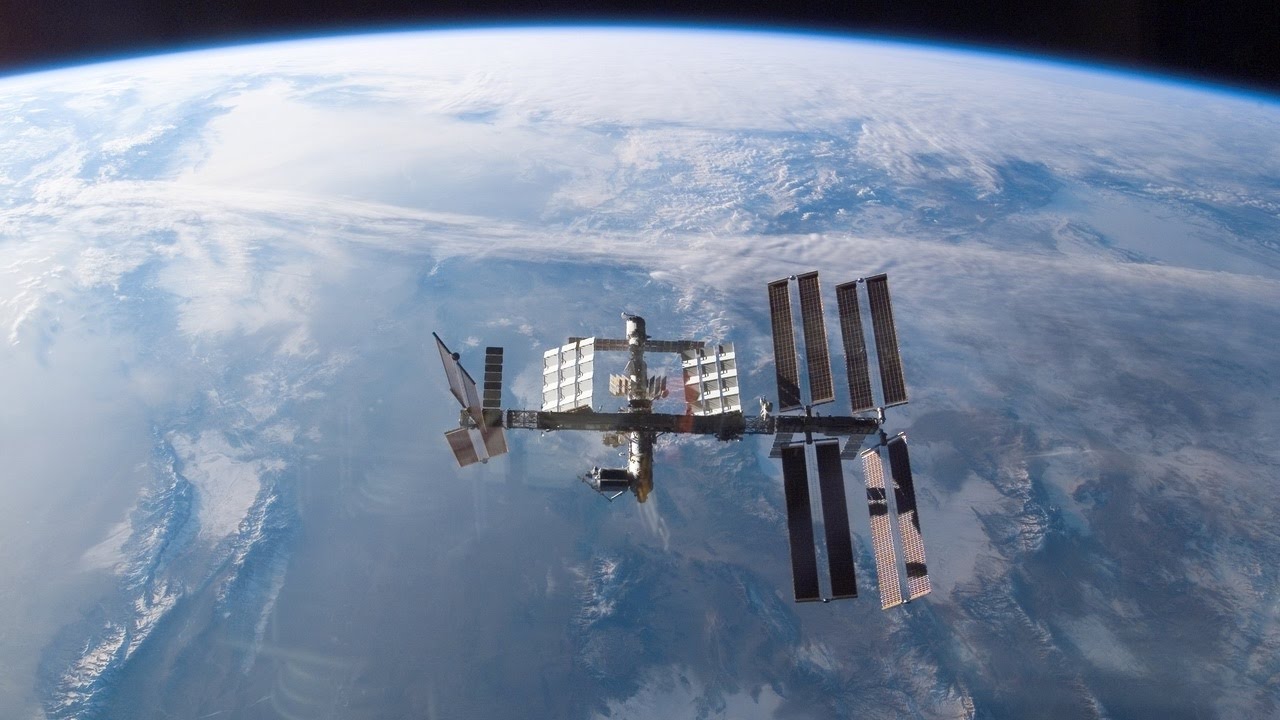
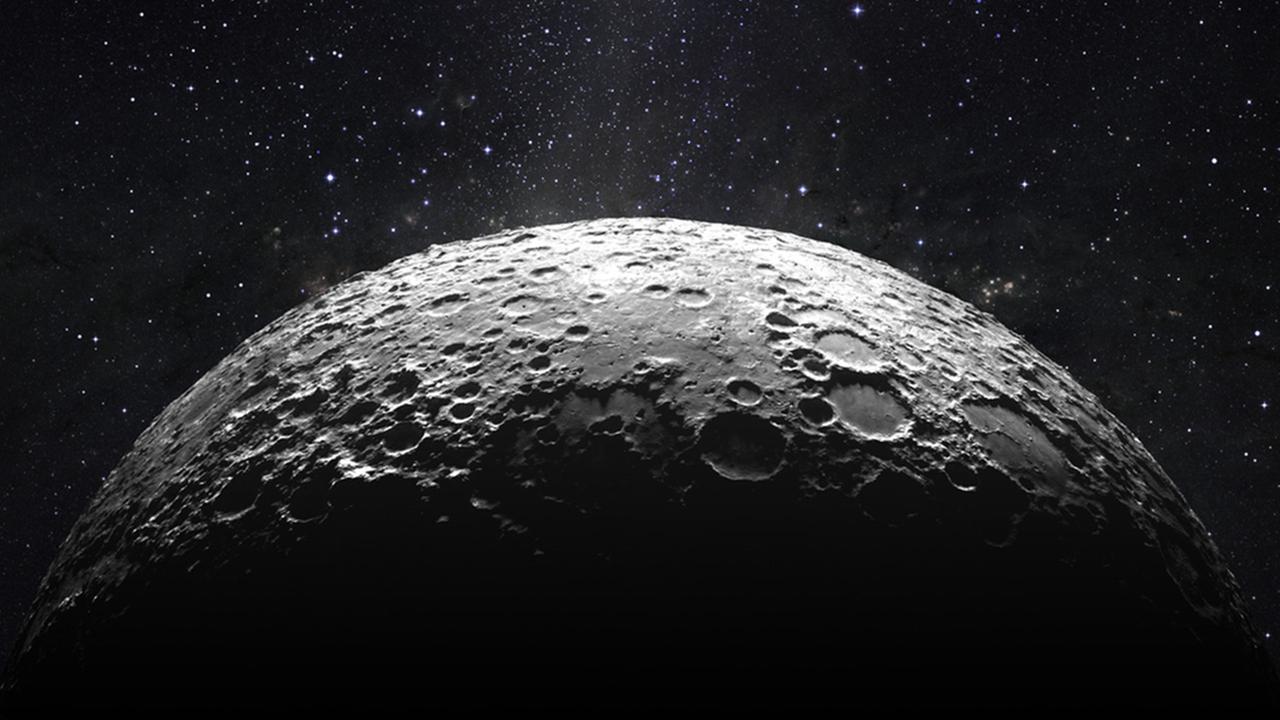
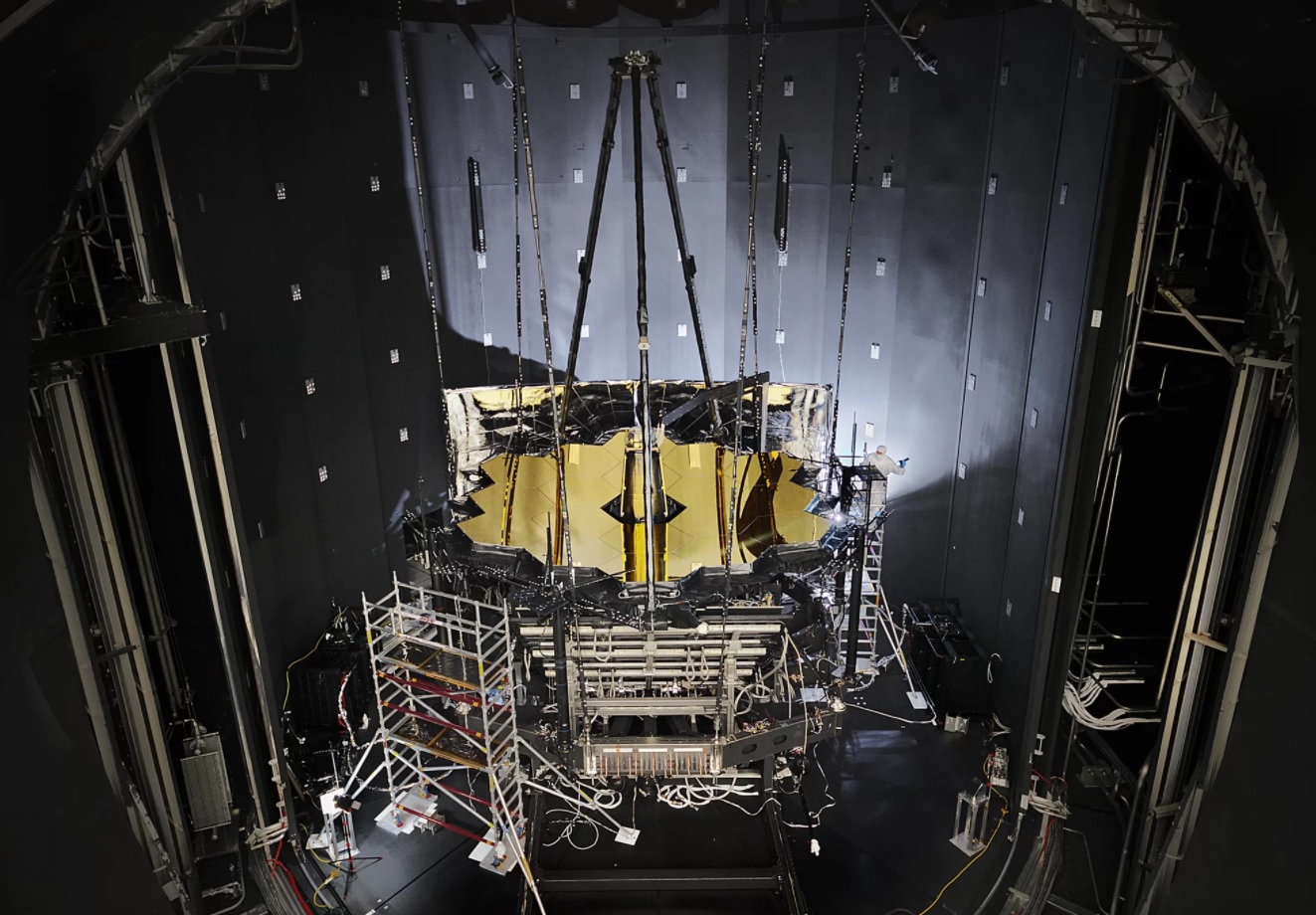
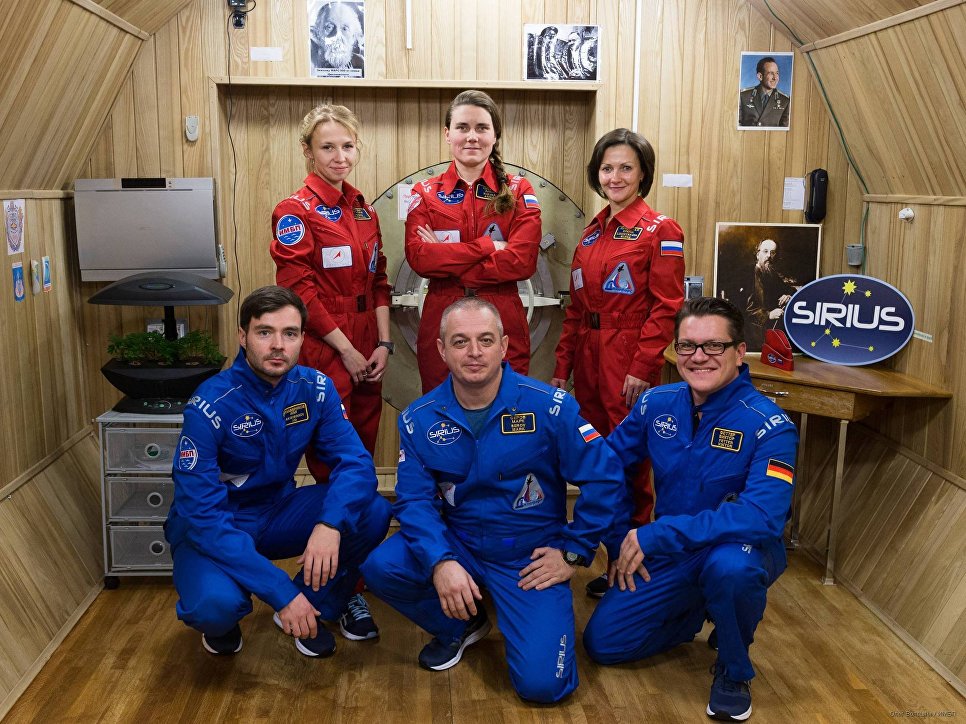
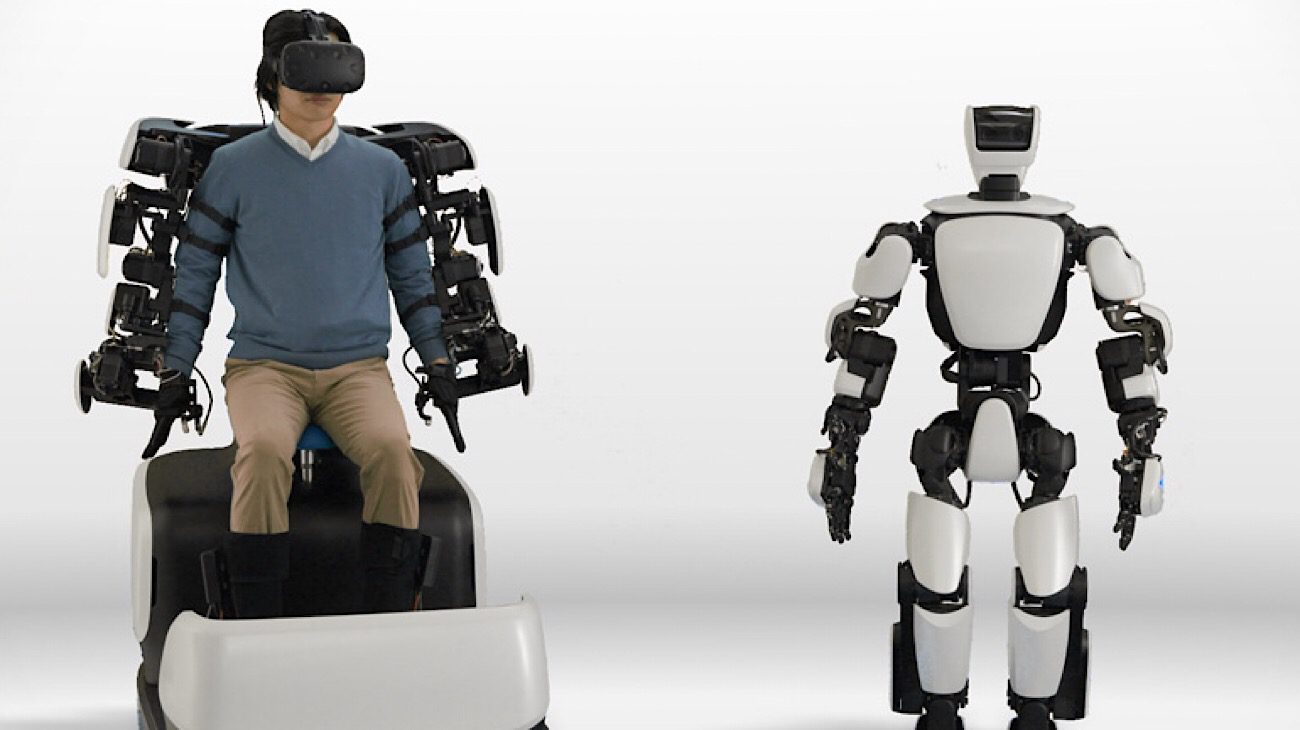
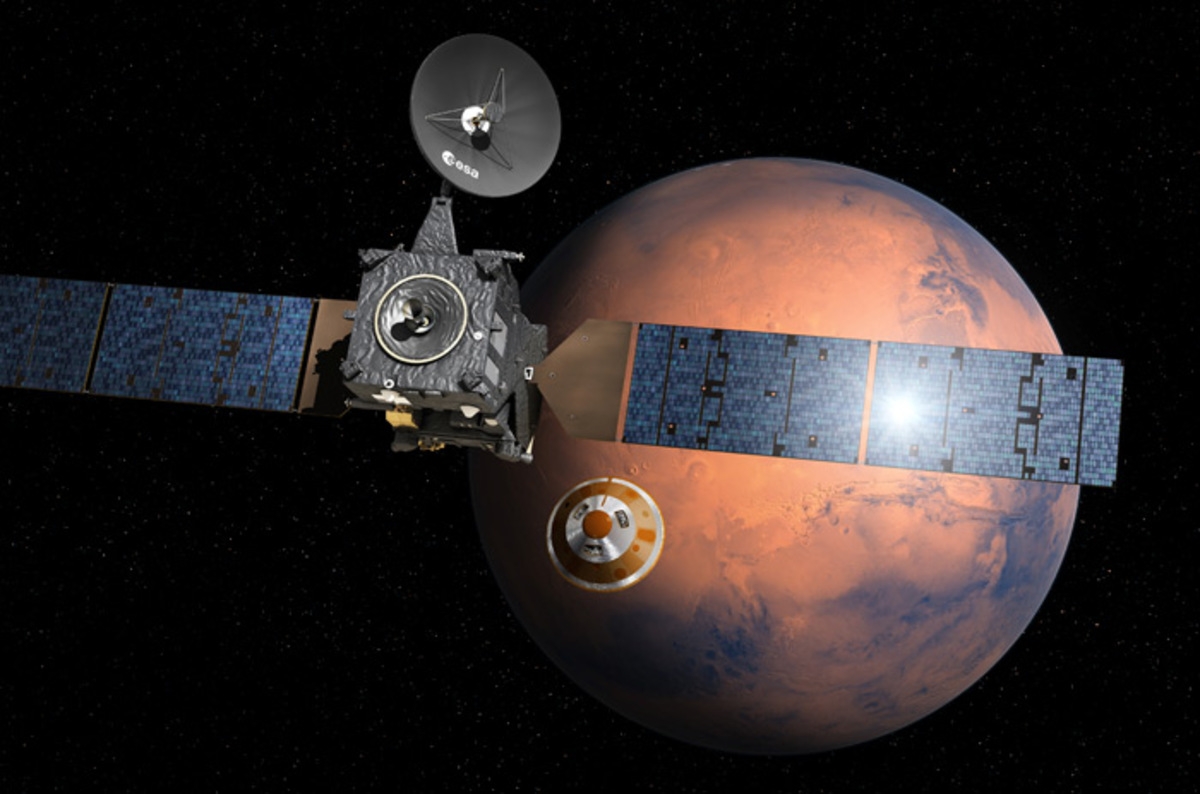
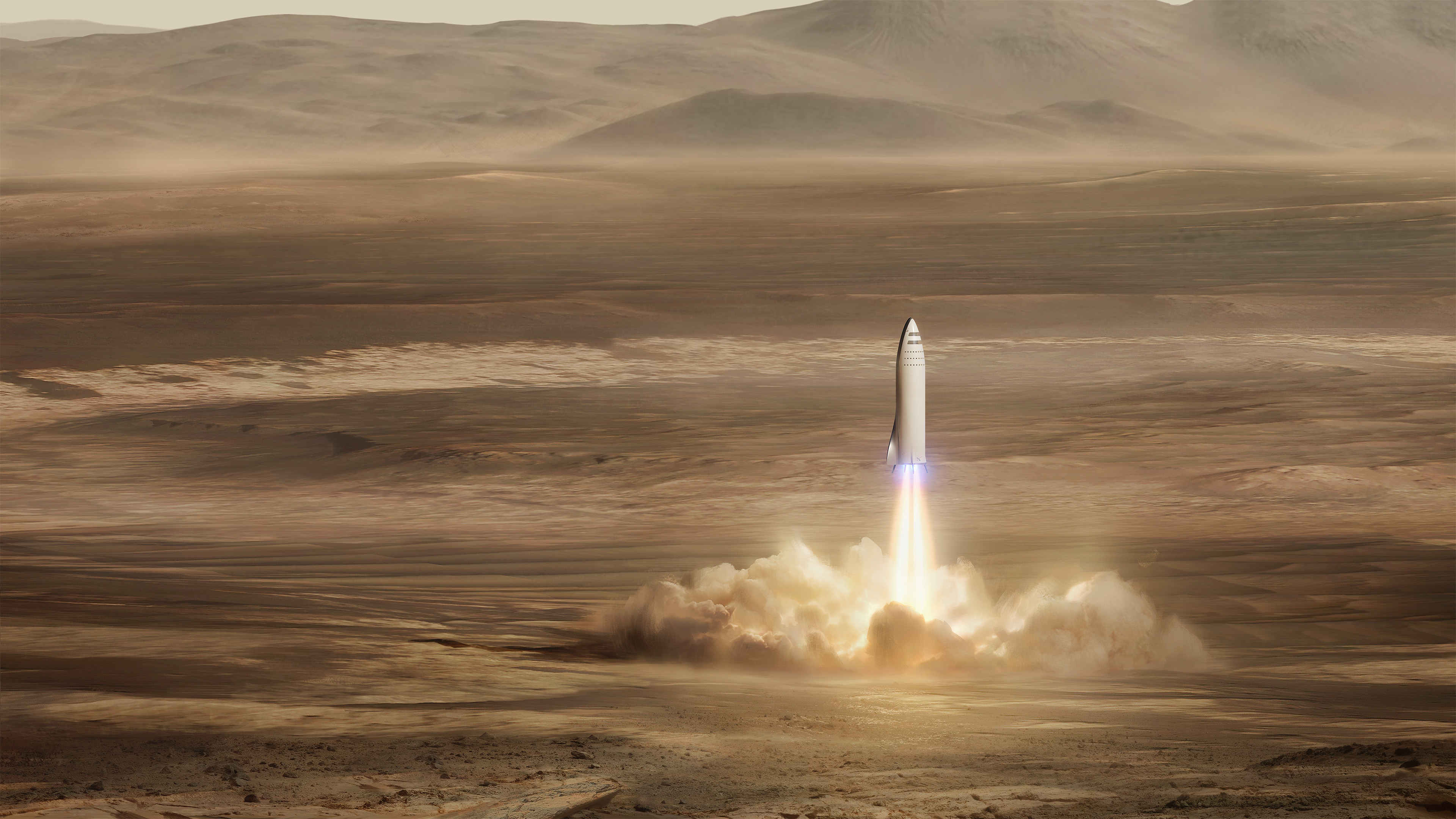

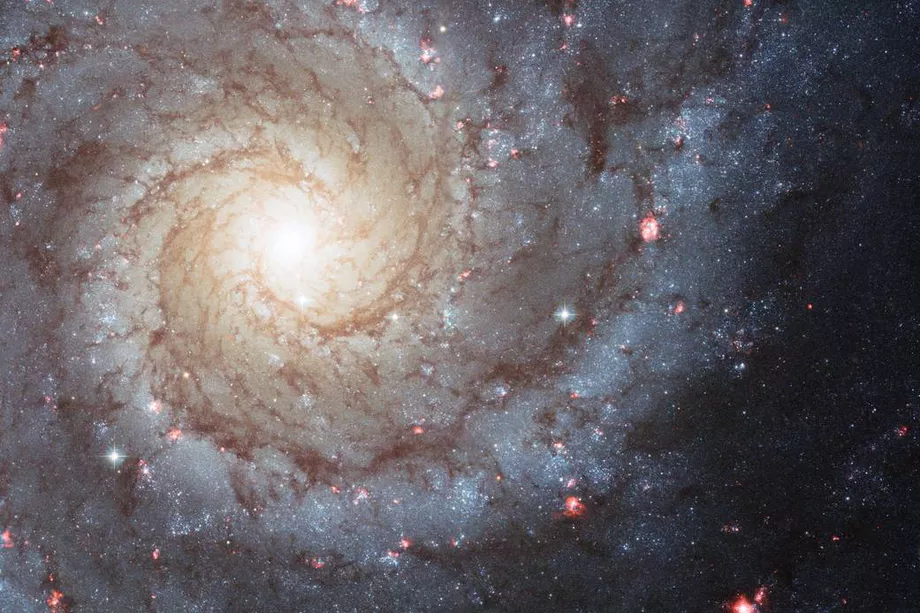
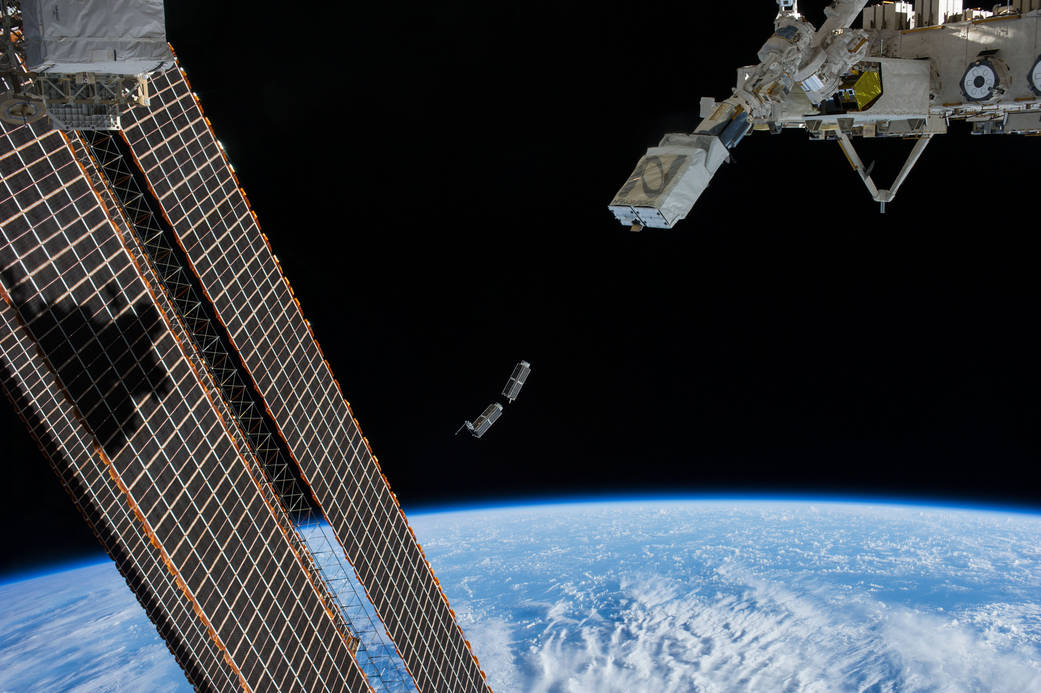
Comments (0)
This article has no comment, be the first!